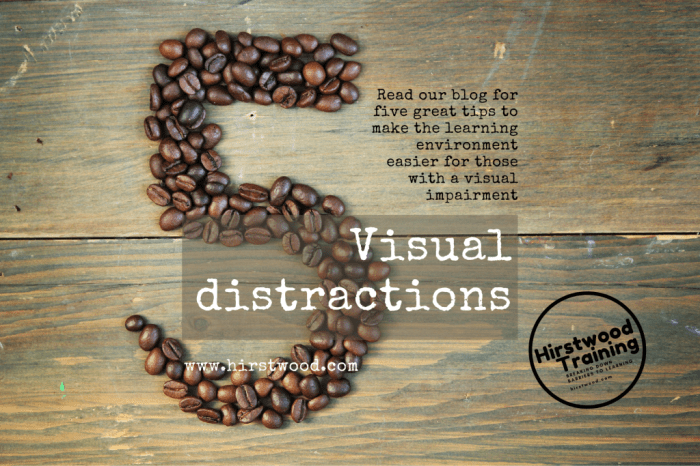The three category types of distractions include visual physical and – The three category types of distractions include visual, physical, and cognitive, each posing unique challenges to focus and productivity. Visual distractions, such as bright lights or cluttered surroundings, can draw attention away from tasks. Physical distractions, like uncomfortable chairs or excessive noise, can create discomfort and disrupt concentration.
Cognitive distractions, such as intrusive thoughts or multitasking, can occupy mental resources and hinder performance.
Understanding the different types of distractions and their impact on attention is crucial for developing effective strategies to minimize their effects. By identifying the specific distractions present in a given environment, individuals can tailor solutions to their unique needs and enhance their ability to stay focused and productive.
Distractions and Their Impact

In the contemporary world, distractions are omnipresent and can significantly impair our focus, productivity, and overall well-being. Distractions can be categorized into three primary types: visual, physical, and cognitive.
1. Visual Distractions

Visual distractions are any external stimuli that capture our attention through sight. These distractions can range from bright lights and moving objects to cluttered environments and excessive visual information. Visual distractions can disrupt our concentration by diverting our attention away from the task at hand.
- Examples of visual distractions:Flashing lights, moving objects, cluttered desks, excessive notifications on electronic devices.
- Impact on focus and concentration:Visual distractions can cause difficulty in maintaining attention, reduced task accuracy, and increased mental fatigue.
2. Physical Distractions

Physical distractions are any tangible stimuli that interfere with our focus. These distractions can include uncomfortable temperatures, noise, physical discomfort, and interruptions from others. Physical distractions can impair our ability to concentrate by creating an environment that is not conducive to focused work.
- Types of physical distractions:Noise (e.g., loud conversations, construction work), uncomfortable temperatures (e.g., too hot or too cold), physical discomfort (e.g., hunger, back pain), interruptions from others (e.g., phone calls, emails).
- Effects on productivity and well-being:Physical distractions can lead to decreased productivity, reduced task accuracy, increased stress levels, and fatigue.
3. Cognitive Distractions: The Three Category Types Of Distractions Include Visual Physical And
Cognitive distractions are internal thoughts and mental processes that interfere with our attention. These distractions can include intrusive thoughts, daydreaming, and multitasking. Cognitive distractions can disrupt our concentration by consuming our mental resources and making it difficult to stay focused on the task at hand.
- Types of cognitive distractions:Intrusive thoughts, daydreaming, multitasking, rumination, negative self-talk.
- Impact on attention:Cognitive distractions can cause difficulty in sustaining attention, reduced task accuracy, and increased mental effort.
Query Resolution
What are some common examples of visual distractions?
Common visual distractions include bright lights, cluttered surroundings, moving objects, and visually stimulating patterns.
How can physical distractions affect productivity?
Physical distractions, such as uncomfortable chairs, excessive noise, or extreme temperatures, can cause discomfort and disrupt concentration, leading to reduced productivity.
What are some strategies for managing cognitive distractions?
Effective strategies for managing cognitive distractions include mindfulness techniques, setting clear goals, breaking down tasks, and eliminating multitasking.